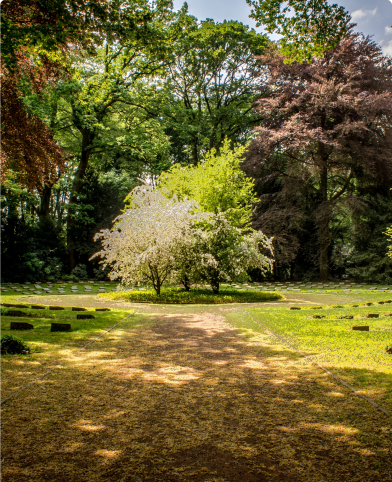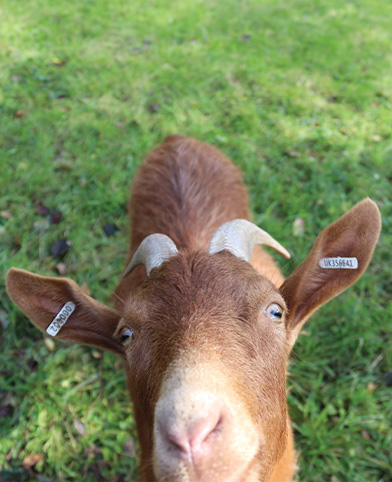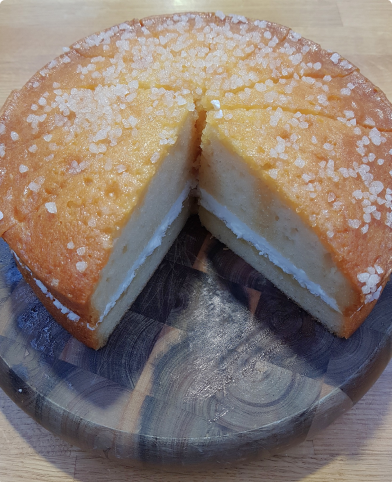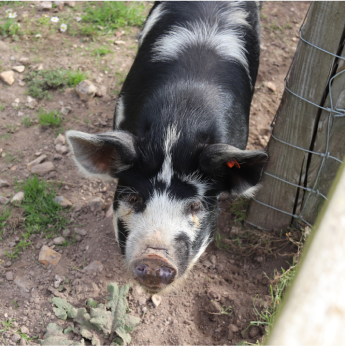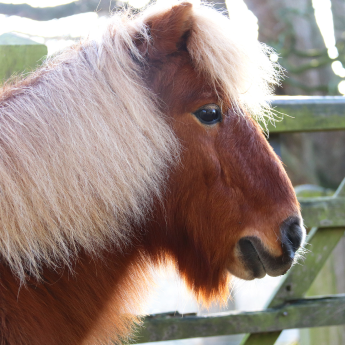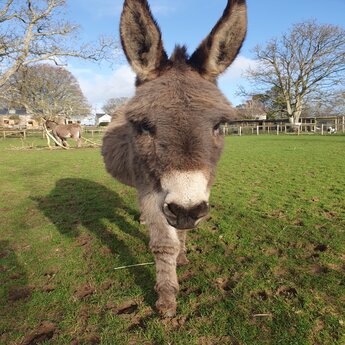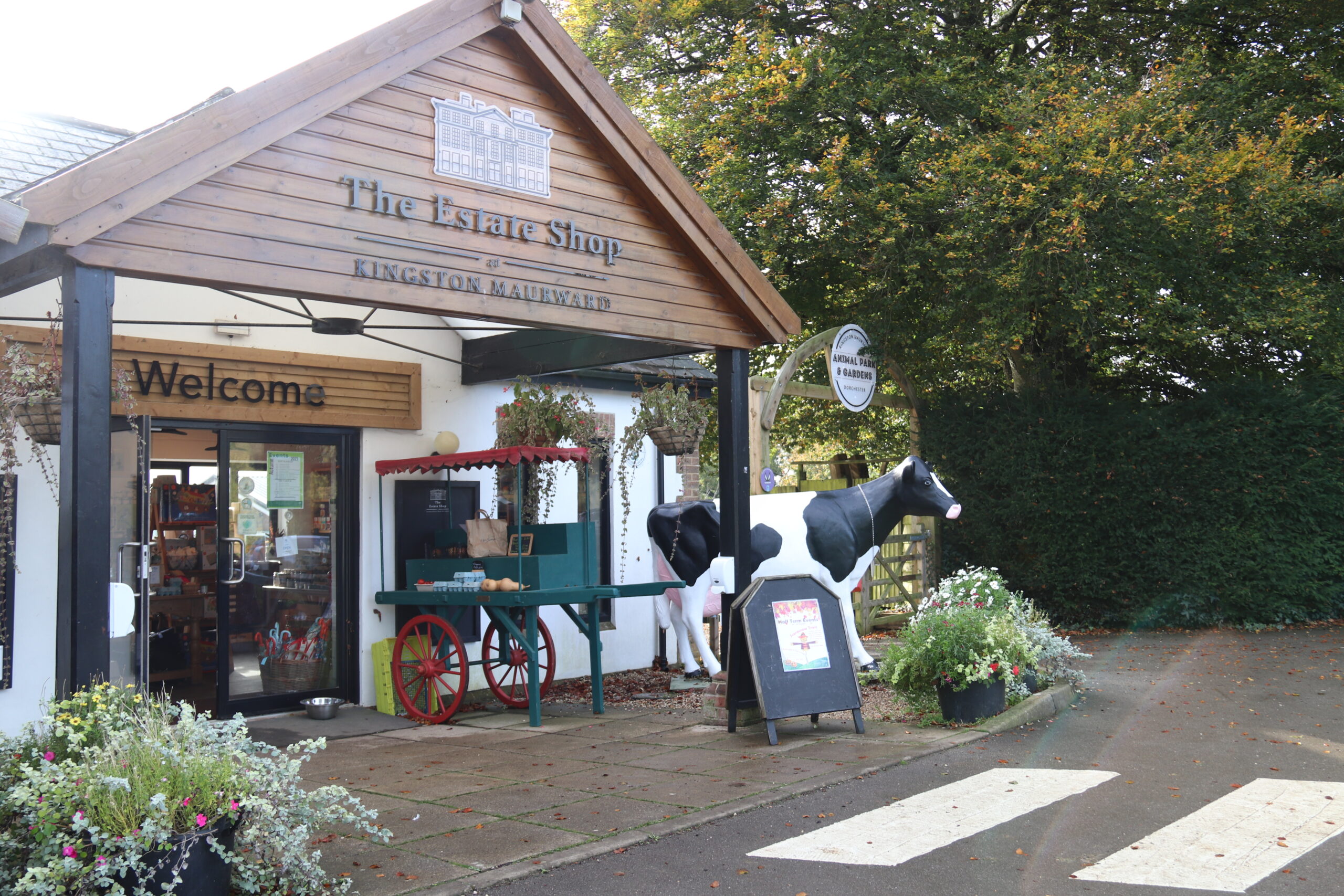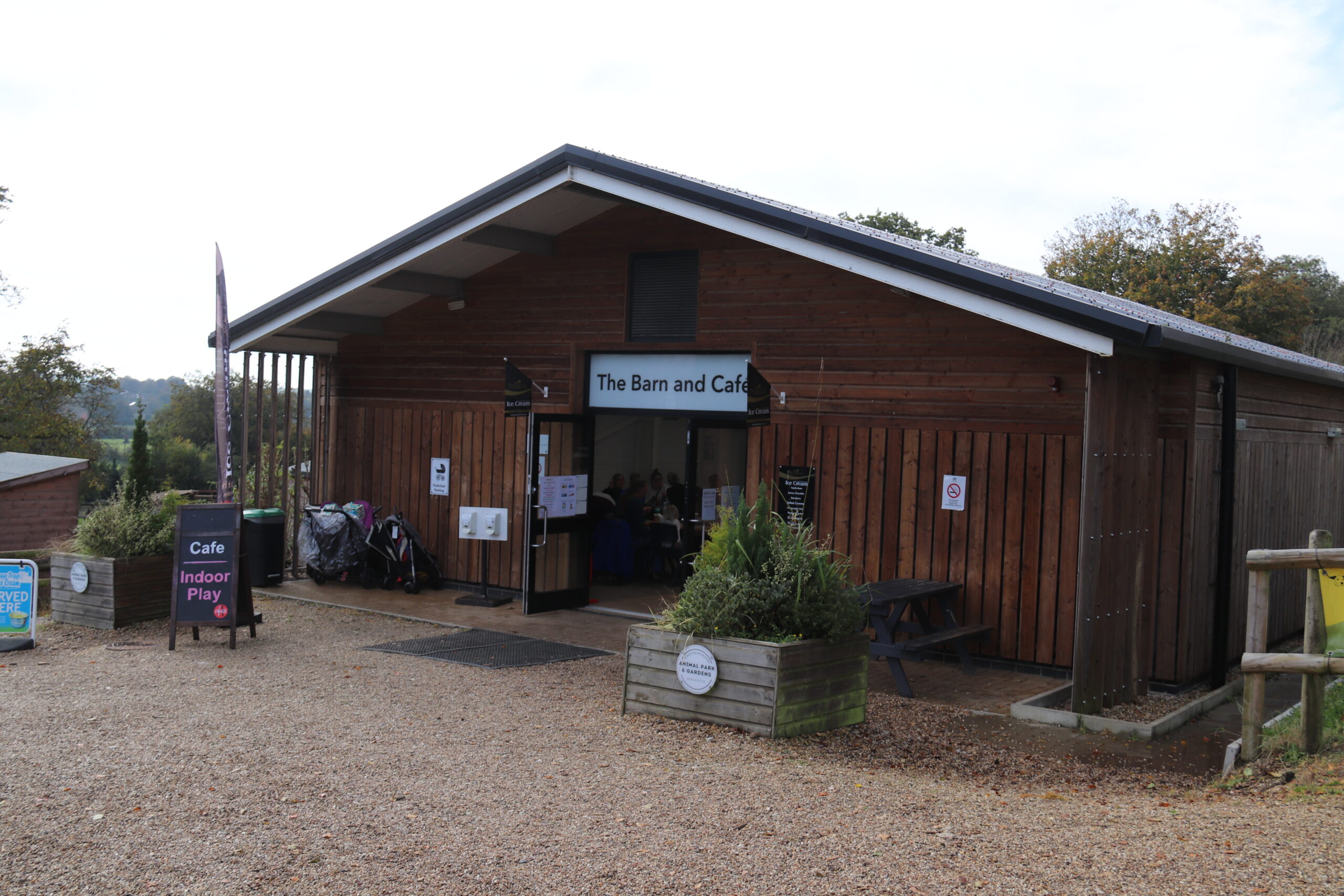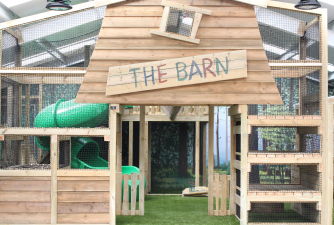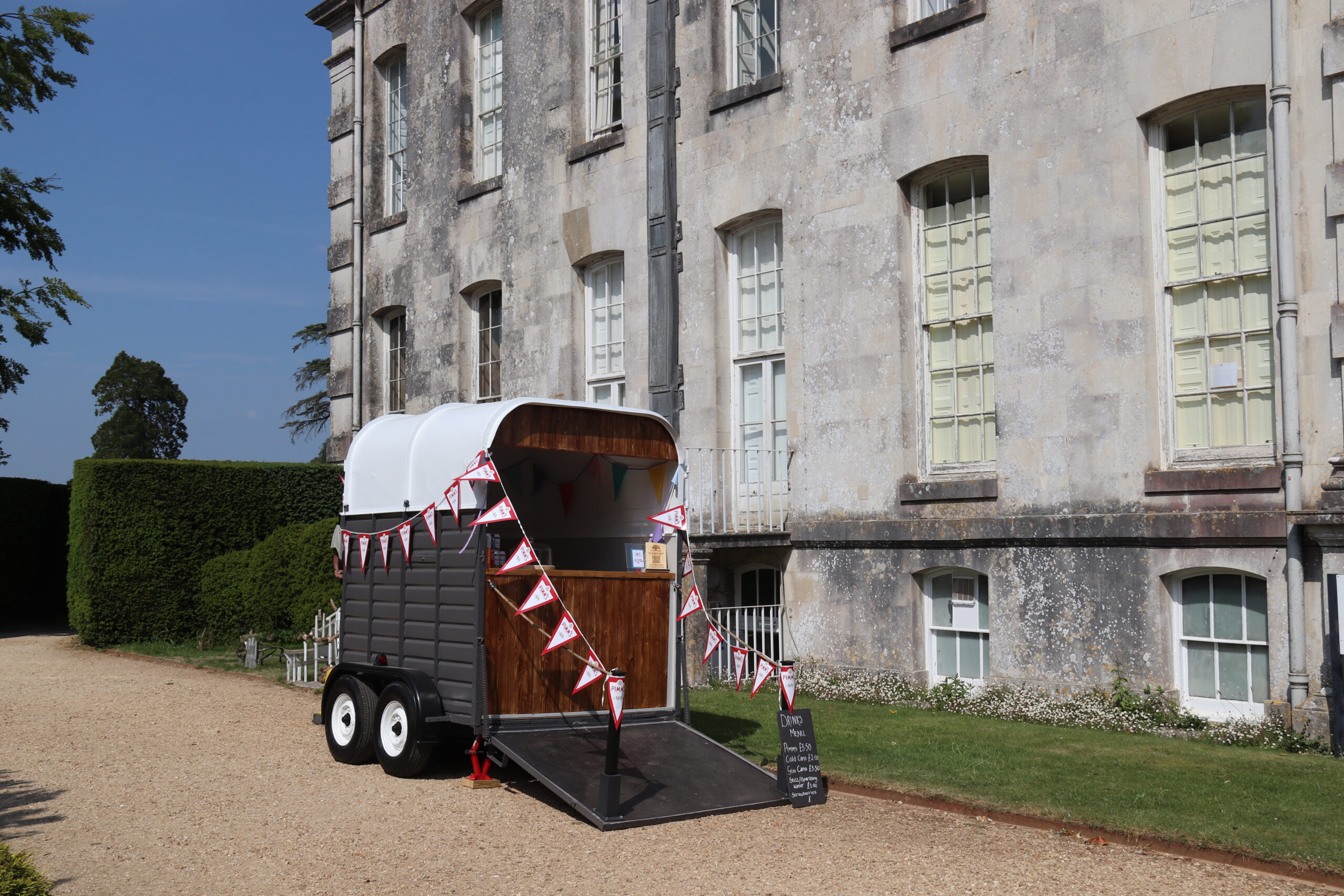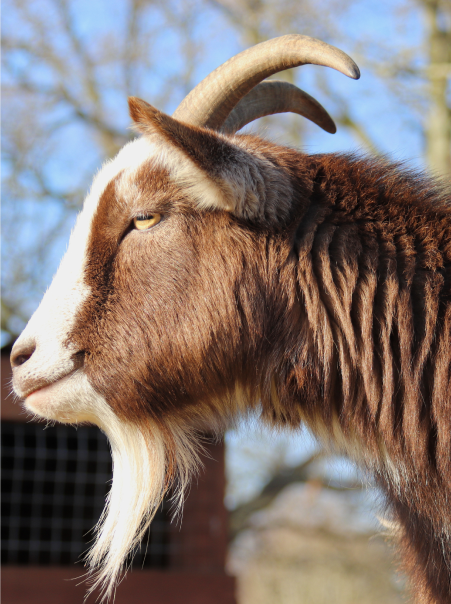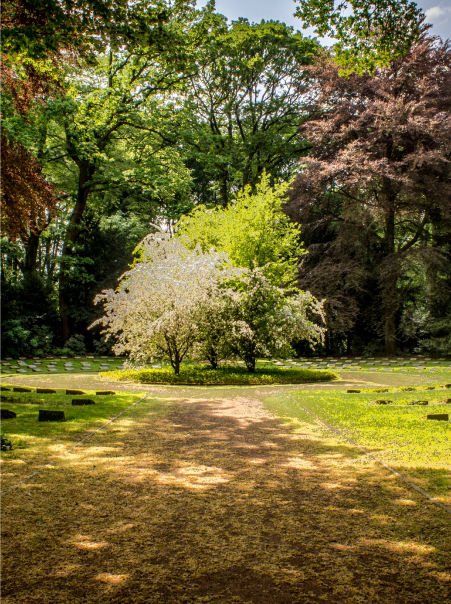Welcome to Kingston Maurward Animal Park & Gardens
We’ve got all of this and more!
We’ve got all of this and more!
At Kingston Maurward Animal Park and Gardens, we have 35 acres of beautiful formal gardens with year-round interest including two National Plant collections, sweeping lawns, lakeside walks plus a collection of livestock, poultry, and donkeys – to name a few – all set within Grade II listed parkland.
Enjoy a stroll followed by a cup of tea and a piece of cake from our Barn Café, let the children run and play in our indoor or outdoor play areas – or sit on one of our secluded benches, listen to the sound of birdsong and be inspired by a location that so influenced Thomas Hardy. We are free to enter and open daily, we welcome enquiries for group or event bookings, scroll through our menu for more information.
View Opening Times
The Animal Park & Gardens have some accessibility, please get a map from the Barn Café or the Estate Shop to plan your route.

This Easter we have Bunny Trails around the lake! Buy your Trail Pack from The Estate Shop and off you go!
Our Animals
Our Animals, Overview & Adoption
Yes, most animals are available for petting. We do ask that parents of children under 12 keep close to children while interacting with animals.
Can we pet the animals?
Yes, most animals are available for petting. We do ask that parents of children under 12 keep close by while interacting with animals.

Bespoke Visits
We offer tailored visits to meet your curriculum or group needs, from self-guided to meeting the animal interactions, planting seeds and plants, talks and activities. All ages catered for – children and adults. Get in touch and start planning the possibilities for your next outdoor adventure.
Book a visit
Equipment & Facilities
We are pleased to welcome visitors who use wheelchairs and pushchairs. Accessible toilets are provided and access to the café is possible via ramps. The garden is grade II listed; therefore certain parts are inaccessible for visitors with mobility difficulties and pushchairs. Many parts of the garden are accessible but visitors should be advised that there are gravel paths, steps and steep slopes in places. Our staff will be pleased to assist you whenever possible.
Reduced Access
Please note that from time to time there will be limited access to our gardens due to weddings and other events.
Our facilities
Open Everyday between 10am – 4pm
Loads of time for all the animal and garden fun you could ask for!
Outside Washing Facilities
Great for using after touching animals or getting ready for lunch!
Plenty of Public Toilets + Baby Changing
No need to worry about any potential difficulties!
Wheelchair Friendly + Accessible Toilets
Wheelchairs and pushchairs are most welcome; accessible toilets and café ramps available. Note: some Grade II garden areas may be inaccessible due to gravel paths, steps, and slopes. Staff assistance available.
Picnics are Welcome!
We only ask that you kindly take all of your rubbish home please.
Dogs on Leads are Welcome
Dogs welcome on leads in most areas of the Animal Park and Gardens. Enjoy the visit with your pet, but please keep them calm and away from enclosure fences (please do not let them poke their nose through fences) and please be aware that your dog may become overwhelmed and start barking or lunging, if this is the case lead them away to let them calm down by our picnic benches. Bring poop bags and a towel, and please clean up any mess!
Parking / Coaches / Bicycles
We have a car park adjacent to the Animal Park and Gardens entrance, additional Parking is signposted should this be full, with a bit further to walk – see map. Parking is partly on grass so can get muddy – keep your drive wheels on the gravel (most vehicles reverse in).
Coach and Minibus – Parking is available – for further information please call 01305 215017.
Bicycles – We have a bike rack attached to the wall of the Shop.
Follow us!
Keep up to date with all things Kingston Maurward Animal Park on Facebook – it’s the place to be!


